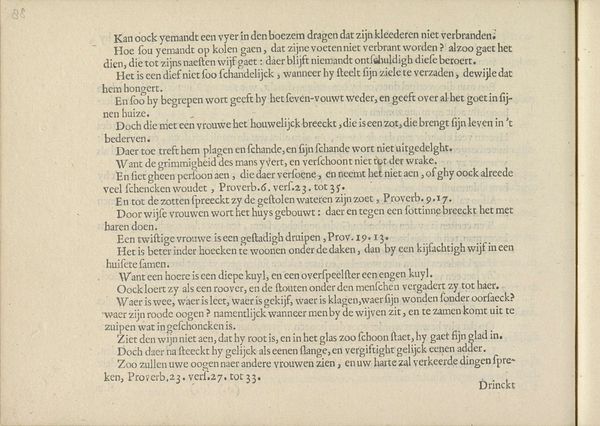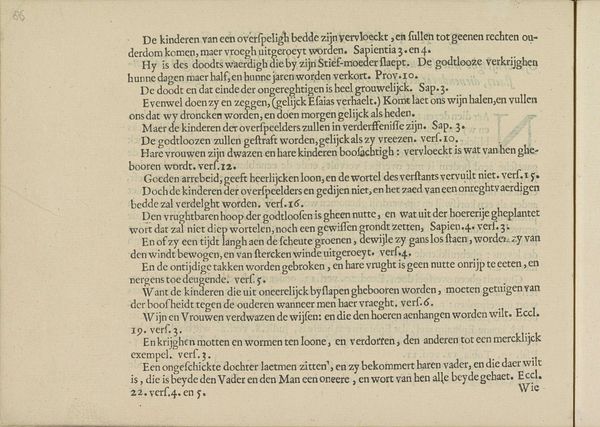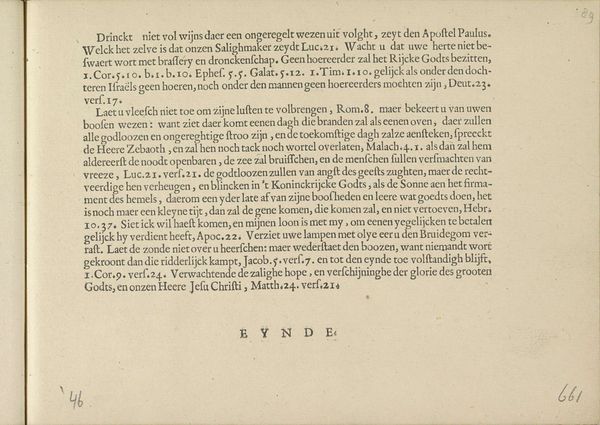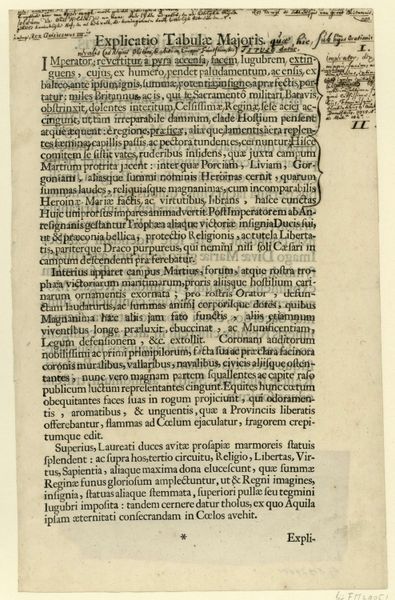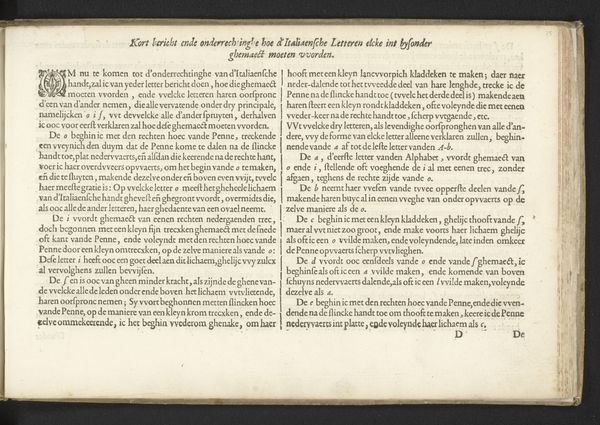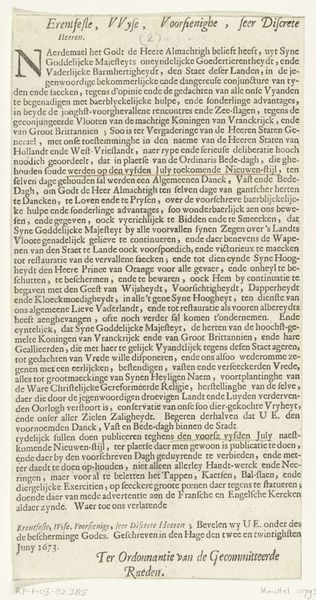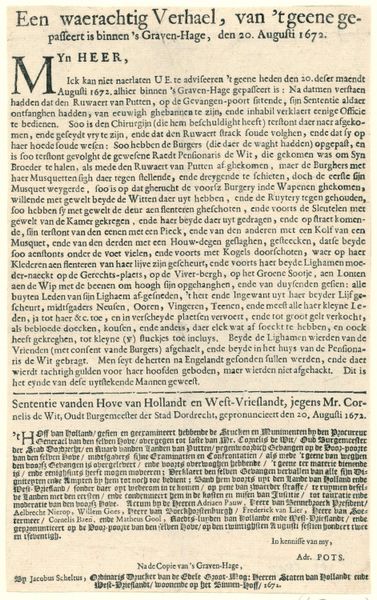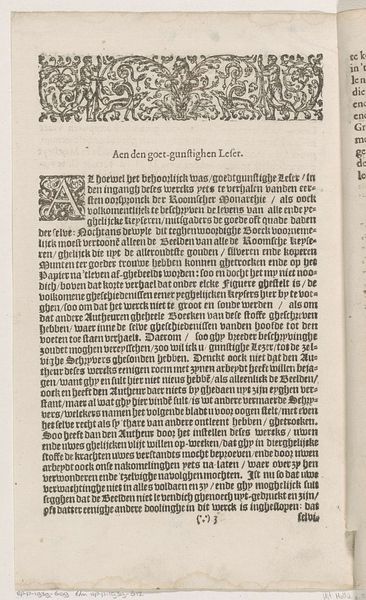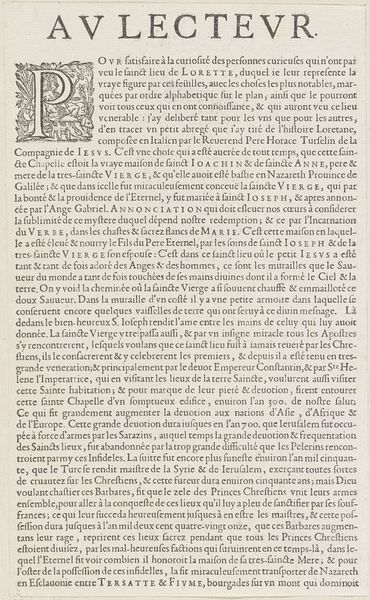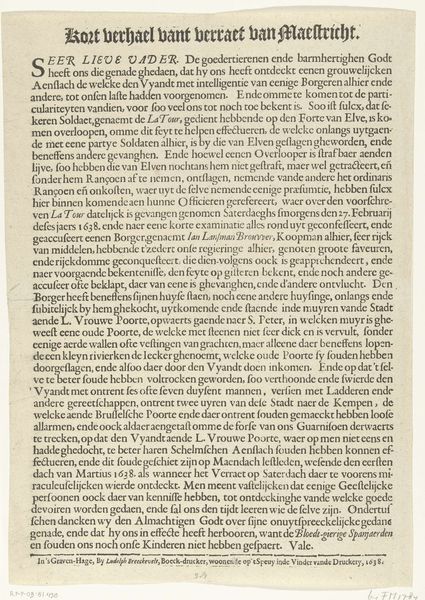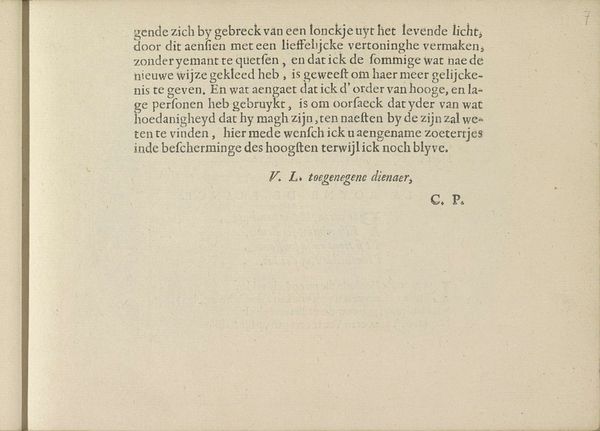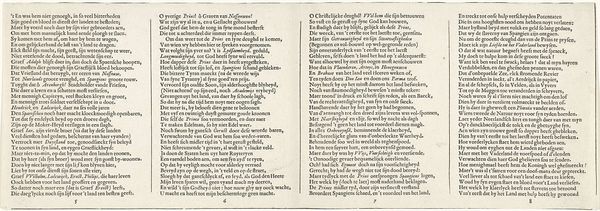
print, etching
#
dutch-golden-age
# print
#
etching
#
text
Dimensions: height 140 mm, width 190 mm
Copyright: Rijks Museum: Open Domain
Curator: This piece, "Waarschuwing, pagina 3," translating to "Warning, page 3," is an etching dating back to 1641, made by Crispijn van de Passe the Younger. It resides here at the Rijksmuseum. What's your immediate impression? Editor: It feels stern, almost…clinical? Just a densely packed block of text on this old paper. There's something cold and authoritative about the presentation. Curator: Precisely. As a print, we must consider the production. It would have been reproduced for wide distribution, allowing the words contained within to spread to the masses. The texture, the line work, that would all need to be easily manufactured for such widespread dispersion of didactic warnings, don't you think? Editor: Absolutely, and thinking about that distribution and consumption is key. It's fascinating to consider the social context of these warnings. Reading this Dutch Golden Age text, I am drawn to consider this in relation to gender, morals, and power, wouldn't you agree? The excerpt clearly seems to caution against loose morals and extramarital affairs, particularly for women. Curator: Undeniably. The very act of disseminating such warnings is crucial. What about the labour of the craftsman to physically create these images. Who would the piece target, and how was it consumed? Etchings, being reproducible, lowered the cost, thus also expanded their audience. The question of production and distribution has huge influence on our experience of this piece centuries later. Editor: Indeed, consider the implied audience, a patriarchal society seeking to regulate female behavior and safeguard property through control of the family unit. But isn’t it also hinting at a broader social unease? The warning acts as a symptom, reflecting the period's anxieties around social and familial stability during a time of tremendous change and burgeoning trade. It feels more complicated than a simple 'thou shalt not.' Curator: I’d concur with that. This 'simple' broadside presents an image that actually speaks to a whole nexus of economic activity and early manufacturing capability. A potent visual embodiment of early mass communication; one might say that there are not just early signs of morality enforcement, but nascent media control via means of efficient manufacture. Editor: Precisely, this artwork embodies an intersection of politics and art, as well as control, but viewed as such from multiple positions of art, society and of course power. This piece makes the contemporary eye focus our attention, just as, no doubt, it focussed those of the era.
Comments
No comments
Be the first to comment and join the conversation on the ultimate creative platform.
